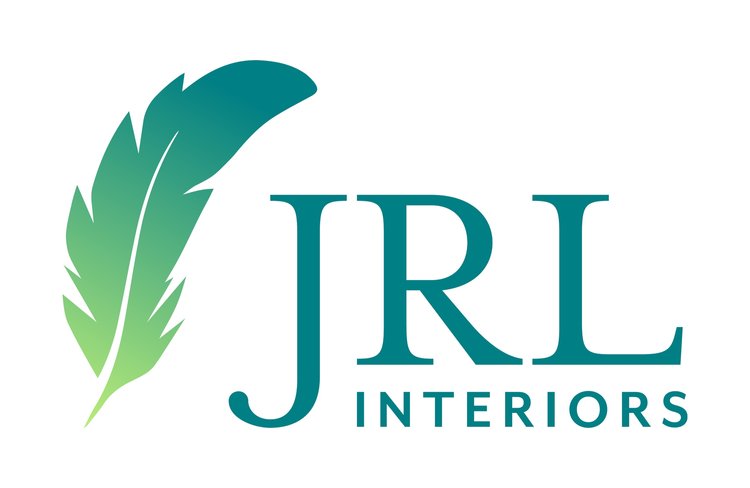Now that you have made a decision to renovate or decorate, the next question is: Where do I start?
Having a plan is important. We have all heard the adage that failure to plan is planning to fail. But WHERE do you start with a plan?
Remember in math class when they wanted you to show your work? That was annoying, but the reason was so that you didn’t skip over any steps inadvertently. Skipping steps can create small errors that accumulate and result in a wrong answer.
In design, for a great result, it is really important not to skip steps. I know it is tempting, especially when sales beckon, but DO NOT skip straight to shopping. The biggest (and often most expensive) mistakes arise when you don’t do this in order.
In our design business, we always start with an initial free discovery call to see if one of our services suits your needs, and if so this is followed by a paid consultation. This is part of what we call the DISCOVERY phase.
Gather Inspiration
We start by trying to understand our client first - what resonates with them, what experiences they treasure, what memories or emotions make them happiest - so that we can design spaces that feed the soul and give them a home that is uniquely suited to supporting their best self.
Whether you are a DIY home decorator, or planning to hire professional help, I always suggest starting in a similar way with defining those things for yourself and your family. Write the answers down! Assemble items that are important to each of you, and gather pictures of experiences, memories, and spaces that inspire you. We like to use shared private Pinterest boards with our clients to collect those images. You can collect your ideas in any way that works for you.
Analyze Your Inspiration
Then comes a bit of detective work. Look at all your assembled answers and images and find common threads. Are they heavy on nature-inspired? And if so, beach or mountain? Tropical or alpine? Or are they more cosmopolitan? Do they feature classic architecture or modern? Are they dramatic or serene? Dark and cozy, or light and bright? Colorful or neutral? What colors emerge as favorites? What finishes and textures? Are they leaning toward cooler tones or warmer ones, saturated colors or paler ones, complex colors or clearer ones? What patterns appear over and over? Florals? geometrics? organic? abstract? plaids? stripes? paisleys? damasks? textures?
After that work is done you will have an idea of what mood you will need to create, and some of the elements that most appeal to you.
PSA: Instagram is not a plan for your life, or even your room - it is great to define an aesthetic that appeals, but it doesn’t mean what is in the picture works for you. Beware of the pitfalls of not being realistic about how you really live. Don’t expect to change your lifestyle to accommodate the room. That is completely upside down thinking.
Good design should support and enhance the way you actually live.
It is not going to suddenly make you and your family a collection of different personalities - the goal is to create an environment that allows the best version of YOU and your family not a copycat of someone else.
Don’t confuse identity and lifestyle with the aspirational images you see.
Our goal is always to design for YOU not some fictional life where there are no messes. Those images? I’ve been on the other side of the camera helping to create those images…You only see what is framed in the camera shot, not the pile of schmutz that got moved out of the way to get that shot.
Images can be misleading on so many fronts, so use them to communicate and to define what you like or dislike, but please don’t assume that copying an aesthetic will magically transform your life into the fictional one pictured - it does not exist! Laundry and dishes will still pile up, your pets will still get on the sofa, children will still strew toys all over the place, and someone will probably still spill wine or coffee on the rug. A good designer will find you furnishings that hold up to your life, and provide easy storage solutions that make cleaning up the clutter fast and maintainable if that is what you need.
Define the Functional Goals
Following aesthetic inspiration comes a whole litany of questions about function - what do you want to use the space for? what activities will take place there? what stuff needs to be stored there for those activities? how many people will use the space at the same time and for which activities?
Be specific. Are you watching TV? Doing puzzles? Playing games? If so, what kind of games? Are you reading? Napping? Serving cocktails? Working? What kind of work - what do you need to do it well? And new this year…Zooming? Do you anticipate entertaining here? What does that look like? If it is a kitchen or bath there are a whole other host of questions around uses and habits, but you get the idea.
Mentally walk through a typical ideal day in the space and be sure you have covered all the activities you want it to support.
Next, answer the questions: What do I currently love about the space (if anything?) and what do I currently find frustrating about the space? There must be something, because if it was perfect as is, you wouldn’t be redesigning it. You want to be sure your design solves this frustration.
The answer to the function questions will inform the next steps by telling you what elements will need to be included in the space.
Assess Your Stuff
The last preliminary step is to assess what is important to you to keep, what you have elsewhere that might be useful here, what you are willing to part with, and what might be modified with a new finish or fabric.
Synthesizing all that information, the real puzzle-solving begins. This is what we call the Design CONCEPT phase and we’ll outline what that looks like in the coming weeks. In the meantime, you’ve got plenty of preliminary work to do!






